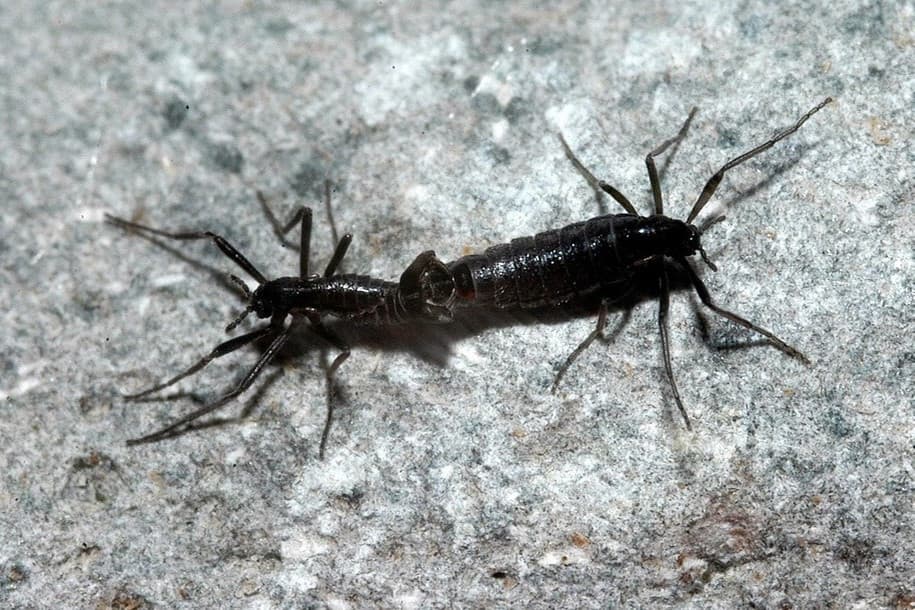
Non-native insect species become a major threat in Antarctica
Researchers have discovered that a non-native species of midge is a major threat to terrestrial ecosystems in Antarctica. The flightless midge, Eretmoptera murphyi, is thought to have arrived on Antarctica’s Signy Island in the 1960s, when plants were brought in from South Georgia. Since that time, the insect has become so well-established that it outnumbers all native arthropods by two to three times at sites where it is found.
Researchers from the University of Birmingham and the British Antarctic Survey are investigating how the midge is able to survive in extreme polar conditions and the impact it may have on the region.
The preliminary results of the study suggest that this single “decomposer” species is responsible for releasing as much nitrogen as is released by seals. On Signy Island, this nitrogen release is three to four times greater compared to areas where the midge is not found.
The insect has no competition for feeding on dead organic matter, and is able to release large volumes of nutrients into the soil. This activity affects the structure of the soil and peat decomposition, impacting all levels of biodiversity.
“It is basically doing the job of an earthworm, but in an ecosystem that has never had earthworms,” said study co-author Jesamine Bartlett.
The team collected information on the abundance of E. murphyi and on other invertebrates and microbes. They also obtained data on environmental variables such as water content, organic carbon, soil nitrogen content, and substrate composition to be compared to locations on the island where the midge did not occur.
The experts noted that the midge was usually found where more soil and shallower moss banks were present, suggesting that the midge is eating its way through the peat in the moss banks and turning it into soil.
“This is concerning as Signy Island hosts some of the best examples of moss banks in the Antarctic region,” said Bartlett. “It is also home to Antarctica’s only two flowering plant species, the hair grass and pearlwort.”
Rapid warming and human activities are increasing the threat of invasive species being introduced to the isolated ecosystems of Antarctica.
“Visitors to Antarctica are subject to increasingly strict biosecurity measures but accidental introductions continue to occur,” said study co-author Professor Peter Convey. “Midge larvae, for instance, are tiny and cannot be seen easily with the naked eye. Tourists and researchers may be bringing them in from their stopovers in the sub-Antarctic and moving them around the continent in the mud on their boots.”
The research will be presented by Jesamine Bartlett at the annual meeting of the British Ecological Society on December 19, 2018.
—
By Chrissy Sexton, Earth.com Staff Writer












